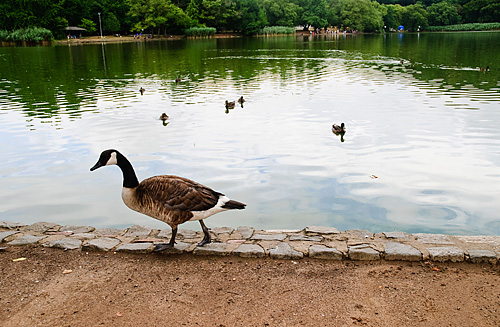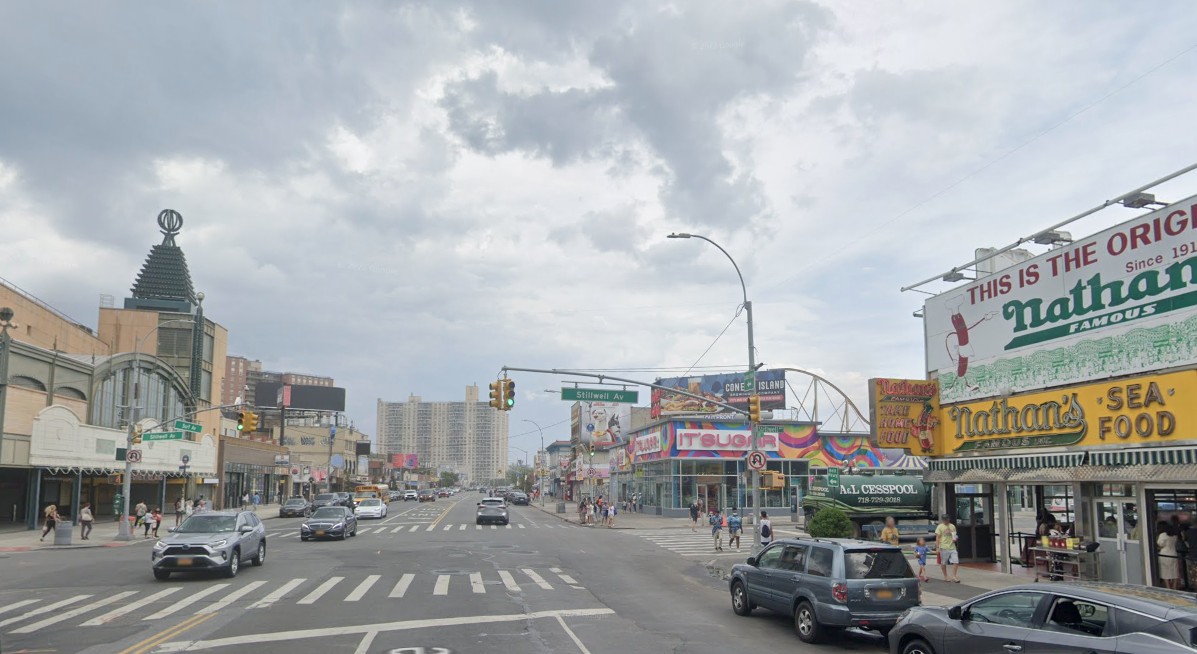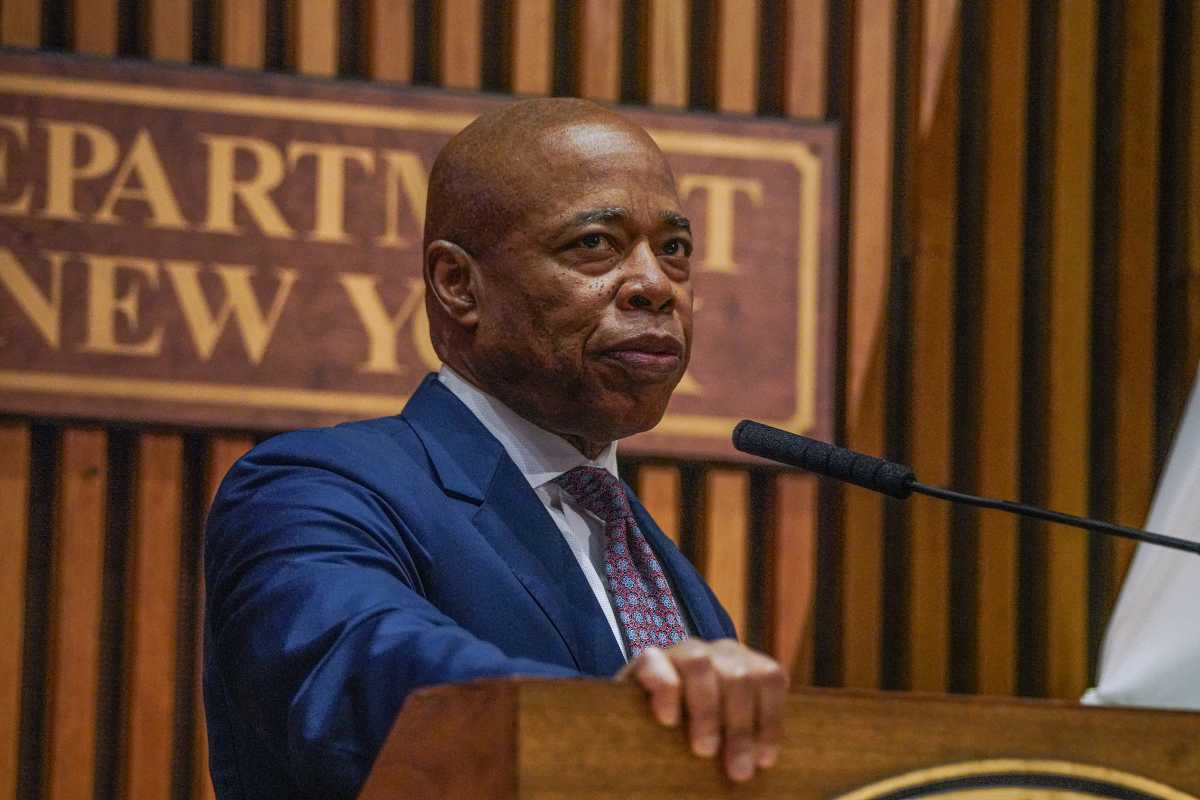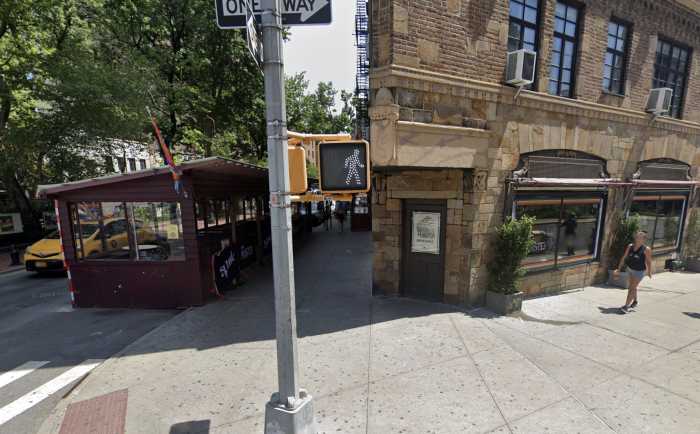Federal officials are fighting back against the notion that the geese of Prospect Park were needlessly sent to the gas chamber, insisting that the birds that were snuffed out on July 8 are exactly the kinds of fowl that strike planes near New York airports.
Carol Bannerman, a spokeswoman with the federal agency that carried out the goose massacre earlier this month, sought to counter growing public outrage over the middle-of-the-night massacre, saying that the resident geese in Prospect Park posed a real danger to aircraft flying overhead.
“If there are summer strikes with airplanes, those are most likely to be resident Canada geese,” said Bannerman. “Almost half of goose strikes occur from May to September when only ‘residents’ are in the area.”
Bannerman’s comments were an effort to debunk the popular notion that the geese of Prospect Park were innocent victims of an overkill approach to air safety carried out by the United States Department of Agriculture under orders from the city and the Port Authority.
Since the mass execution of waterfowl, countless park-goers have been left shocked and outraged — a former Parks Department commissioner has voiced his opposition, along with local elected officials and FIDO, a dog advocacy group. Around 100 waterfowl lovers were so distraught that they even gathered for a memorial service last weekend.
But federal officials — along with many locals in favor of the “culling” — say that the massacre was necessary so as to avoid another incident similar to the crash landing on the Hudson River last year, the so-called “Miracle on the Hudson” that was caused when pilot Chesley “Sully” Sullenberger’s plane collided with a flock of migrating geese.
Bannerman insisted that data shows that most geese fly into airplane engines during warm weather, when migratory geese are flying north to cooler climes like Canada.
“The concept that the birds never leave Prospect Park, or only fly under 1,000 feet and therefore are not a threat is not accurate,” said Bannerman, citing federal data. “Eighty percent of birds strikes occur under 1,000 feet, when a plane is either taking off or landing. That is a critical point when the plane is most vulnerable!”
But Bannerman’s comments did little to smooth the feathers of residents still angry about the annihilation of 290 geese — including 40 goslings.
“We don’t believe that the USDA and the city have done due diligence proving that the geese pose a danger,” said Patrick Kwan, the state director for the Humane Society of the United States. “This was a knee-jerk reaction — there are more humane, more effective and more cost effective methods. This amounts to an unscientific and crude catch and kill program.”
Kwan said that the destruction of goose eggs and alternative goose control methods used in England are better options. He added that he had presented these alternatives to both the city and USDA in a meeting, but that they weren’t given proper consideration.
Since 1990, there have been 17 goose strikes near JFK and 33 near LaGuardia Airport, according to a Federal Aviation Administration database, though the number of incidents has decreased dramatically even though New York’s goose population has continued to expand.
Animal lovers say that such data raise questions about any cause-and-effect relationship between geese and strikes on aircraft. Still, the city says it killed 1,200 geese last year, and a press release stated that around 800 would be killed this year. That same press release, however, identified only locations in Queens as targets of the operation. Prospect Park — where roughly half of the target kill was achieved — was not mentioned at all.
To top it off, Prospect Park is not even within seven miles of JFK — the maximum distance defined by the city for a possible visit from federal goose-wranglers. The distance between the westernmost end of a JFK runway and the easternmost spot in Prospect Park is around 7.3 miles. Other reports, including one by the former Parks Commissioner Henry Stern, say the distance is even greater: around nine miles.
At least everyone seem to agree one thing: the population of geese must be better managed — there are around 20,000 in the New York metropolitan area, according to the state Department of Environmental Conservation.
Resident geese — birds that have lost their natural instinct to migrate — are the waterfowl that populate just about any park in Brooklyn with a significant body of water. A report by the federal Fish and Wildlife Service explained that the geese prosper in “habitats provided by current urban and suburban landscaping techniques.”
The geese tend to congregate in these spaces for generations, as the environments tend to have few predators and a copious amount of food — often from humans.
Experts say that there may be only a few geese in Prospect Park now — but that won’t last for long.
“Right now, the park looks inviting to other migratory birds, setting the stage for more possible bird strikes,” said Kwan. “And soon enough, the geese will be back.”
Kwan said the round-up ultimately will be seen as ineffective.
“Look, I don’t have rats in my home because I don’t have holes in my house and leave food out — traps alone don’t fix the problem,” he said. “But that’s basically what the city, in concert with the USDA, is doing. Any New Yorker can tell you that setting up rat traps all day won’t solve a rat problem.”





















